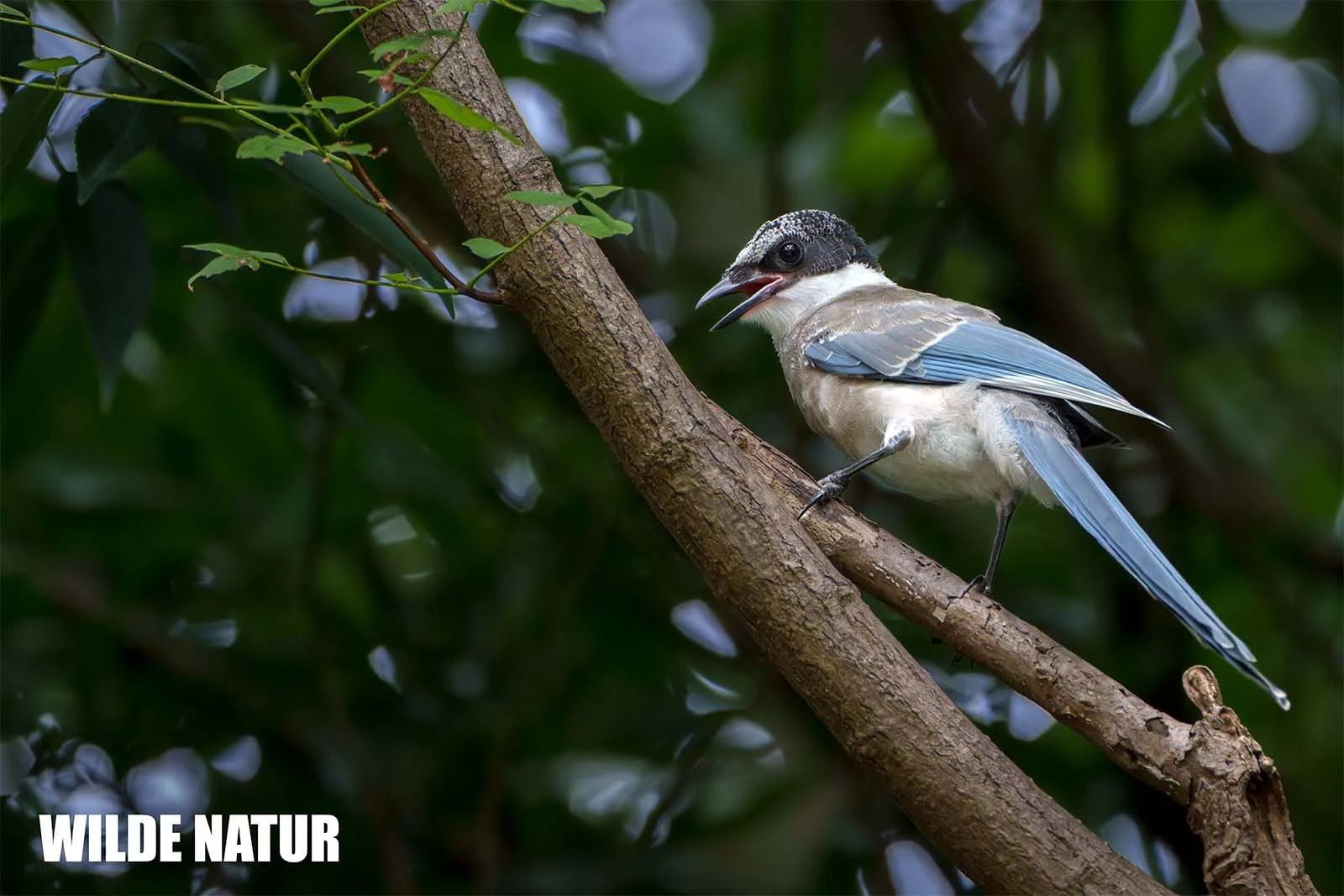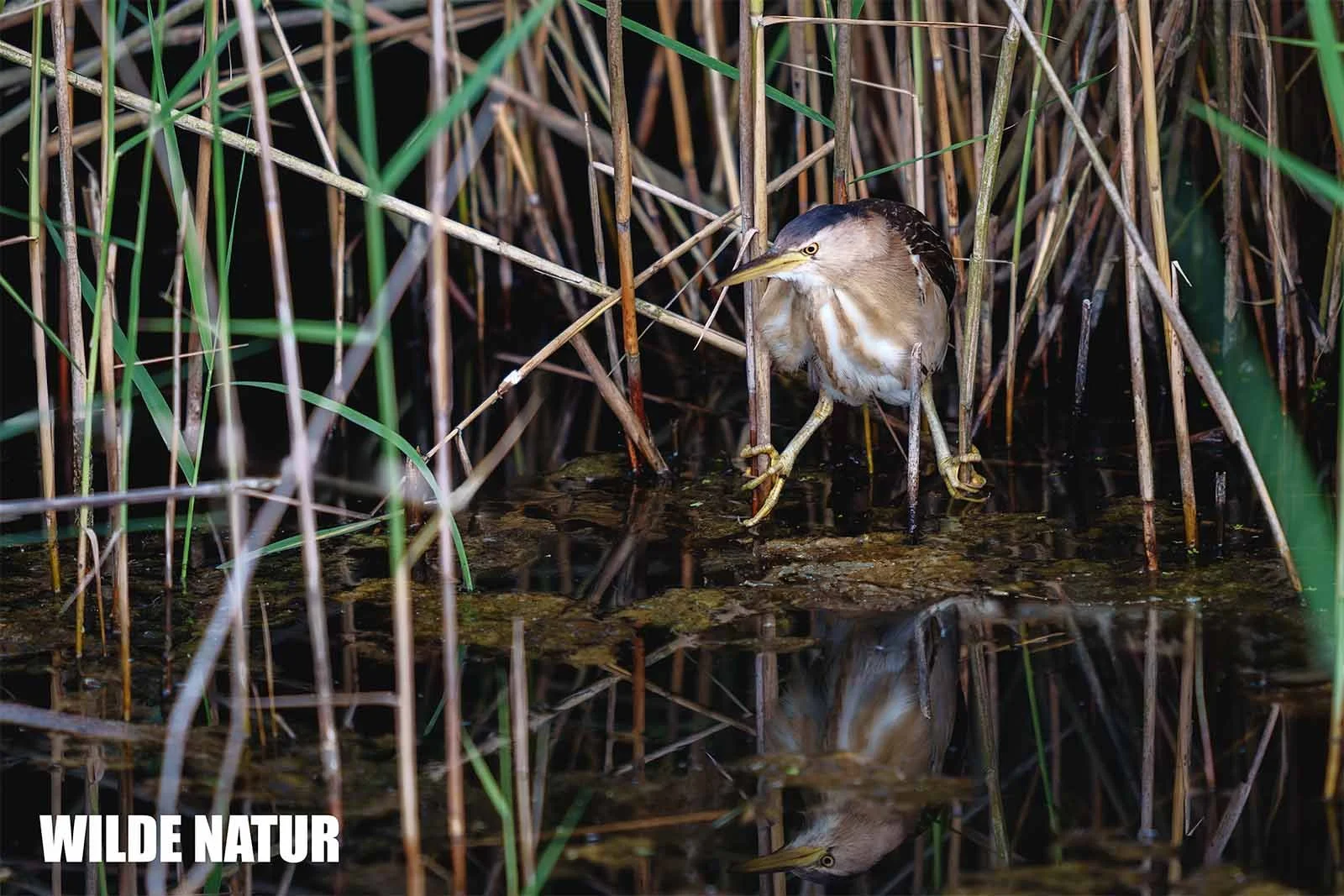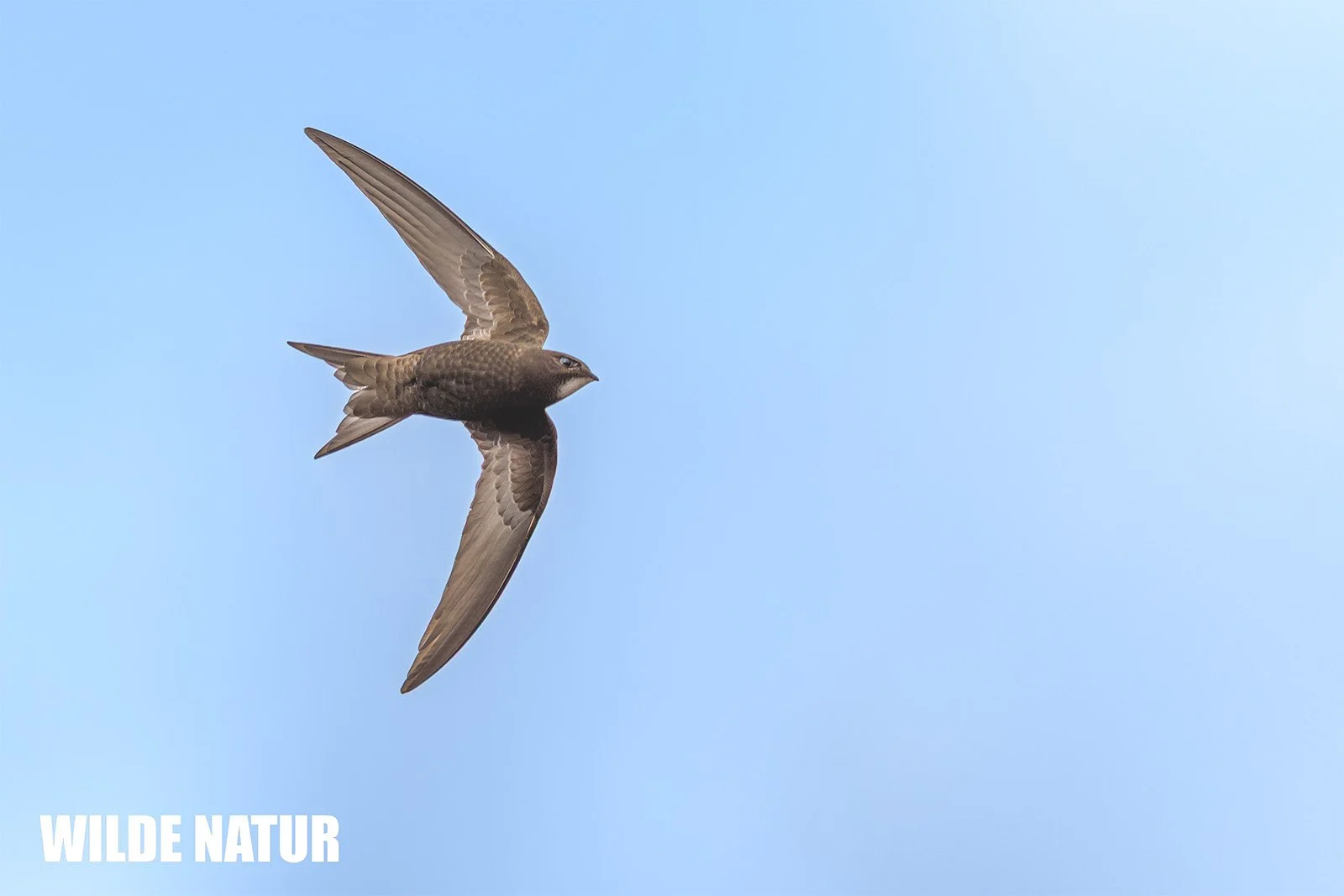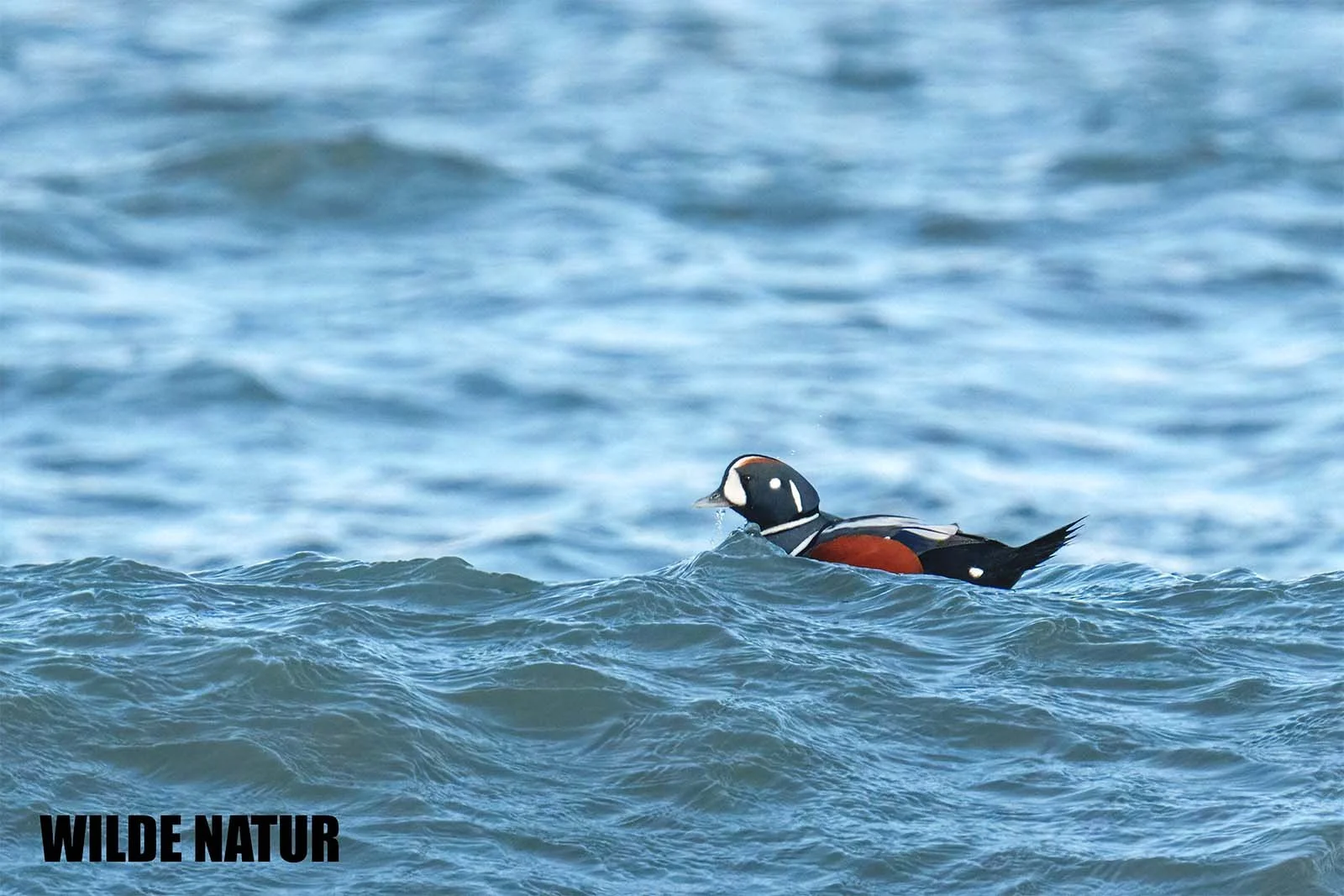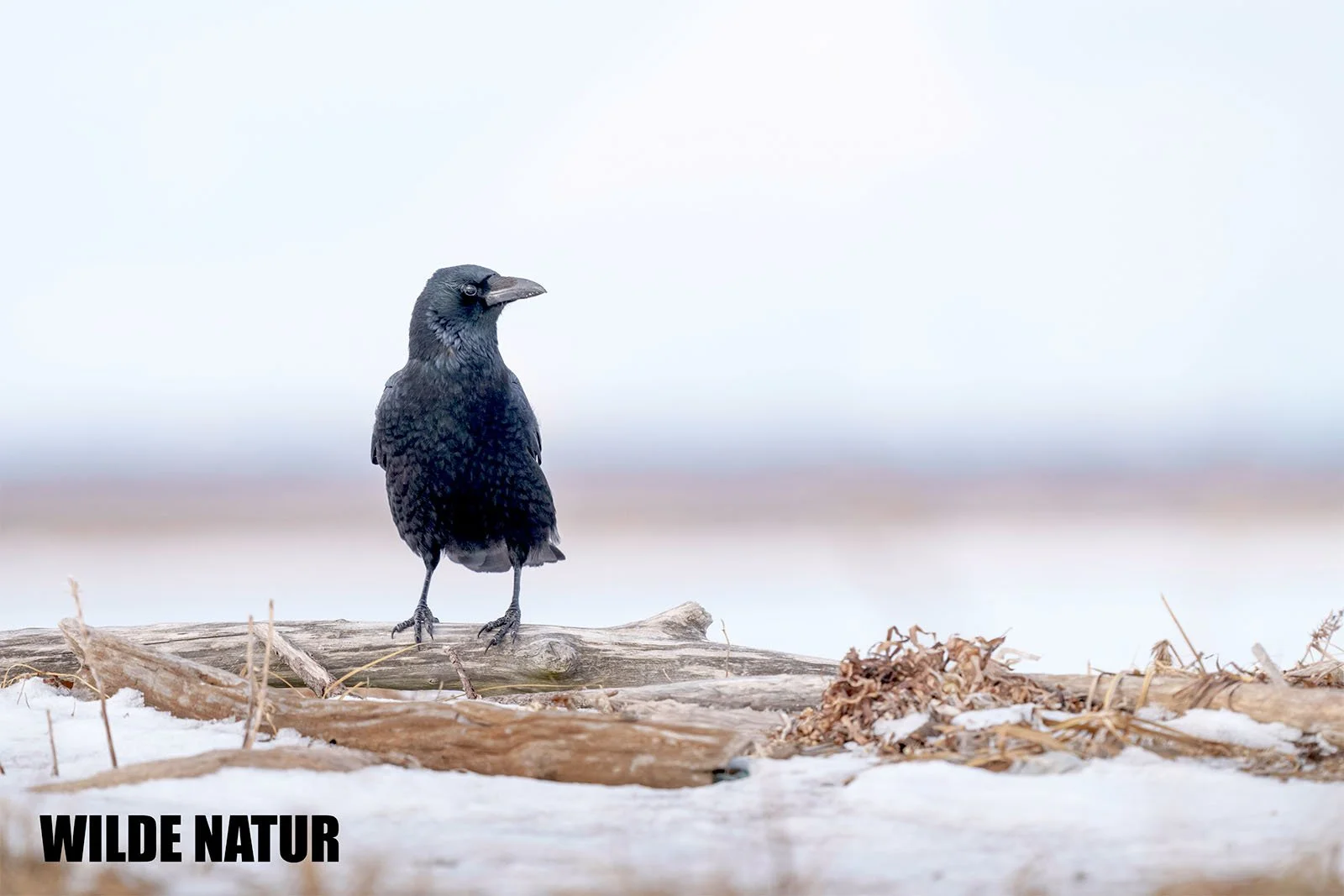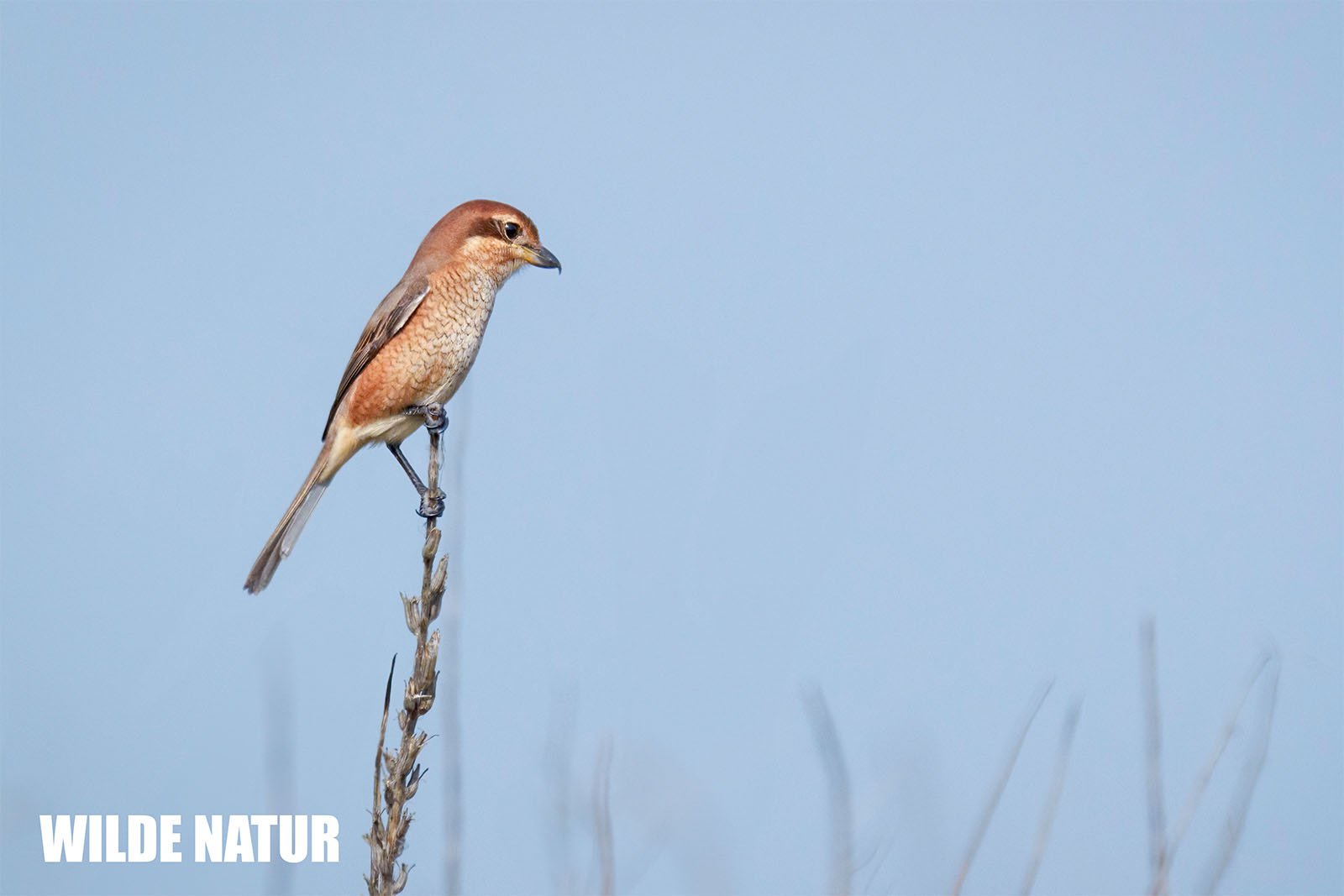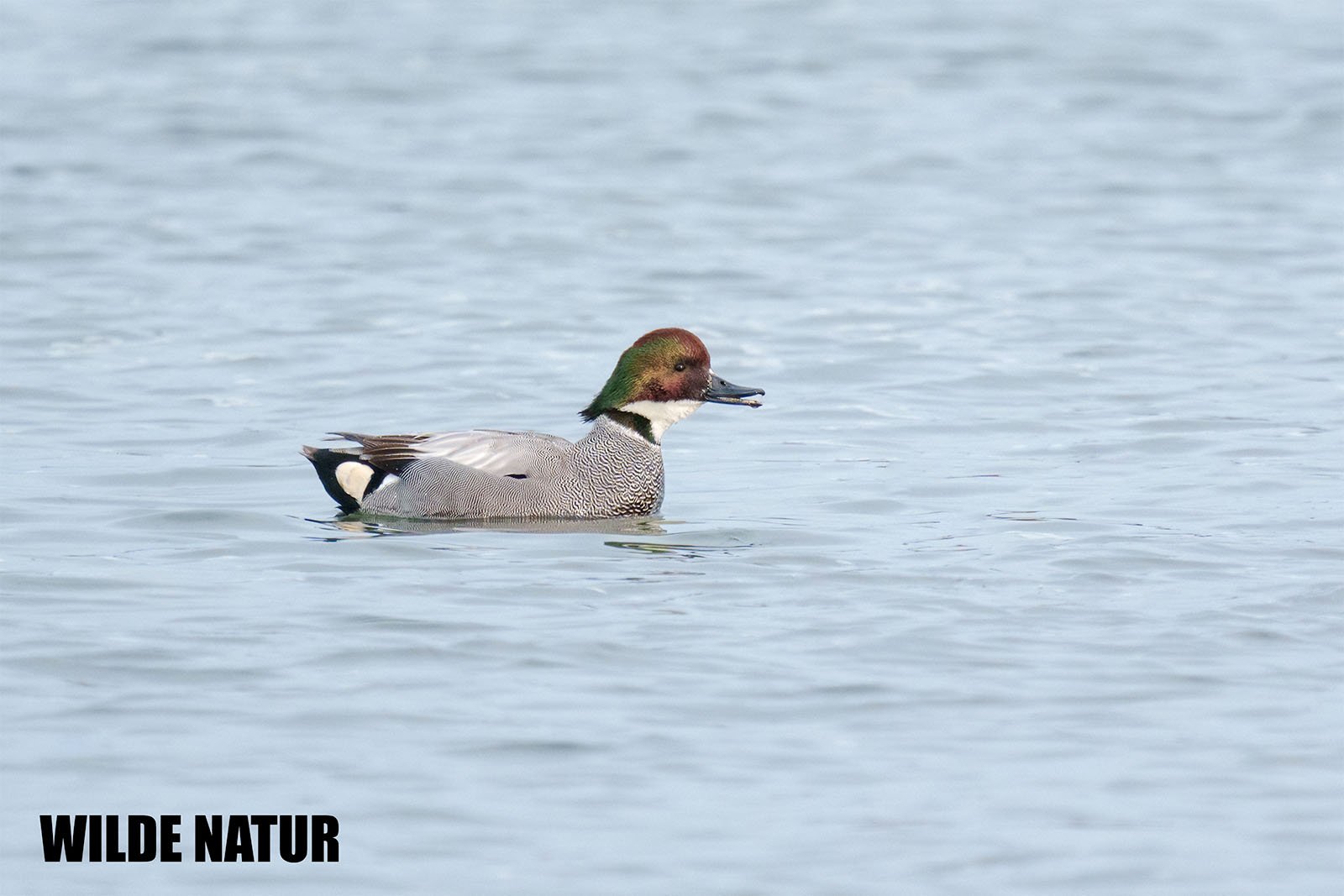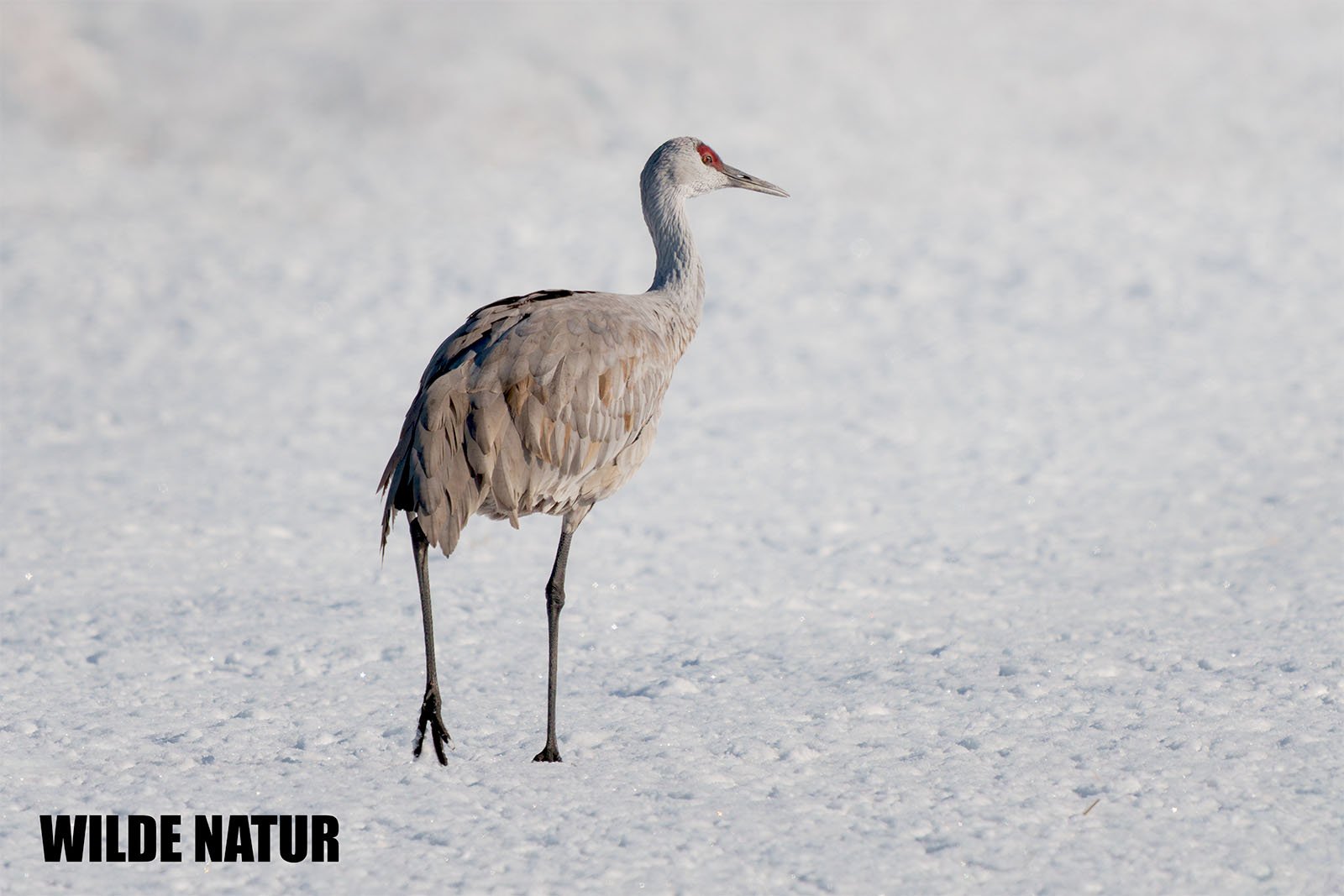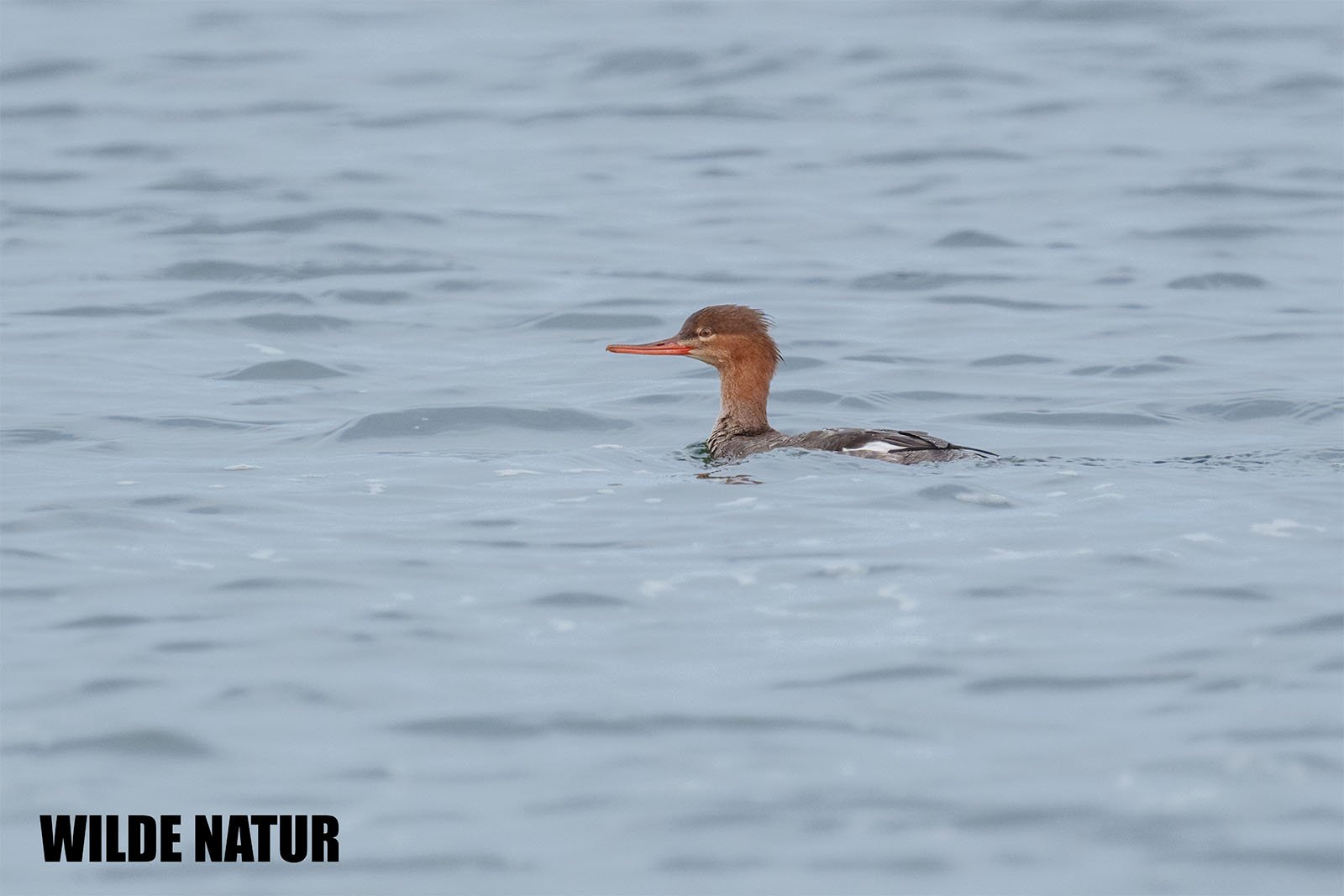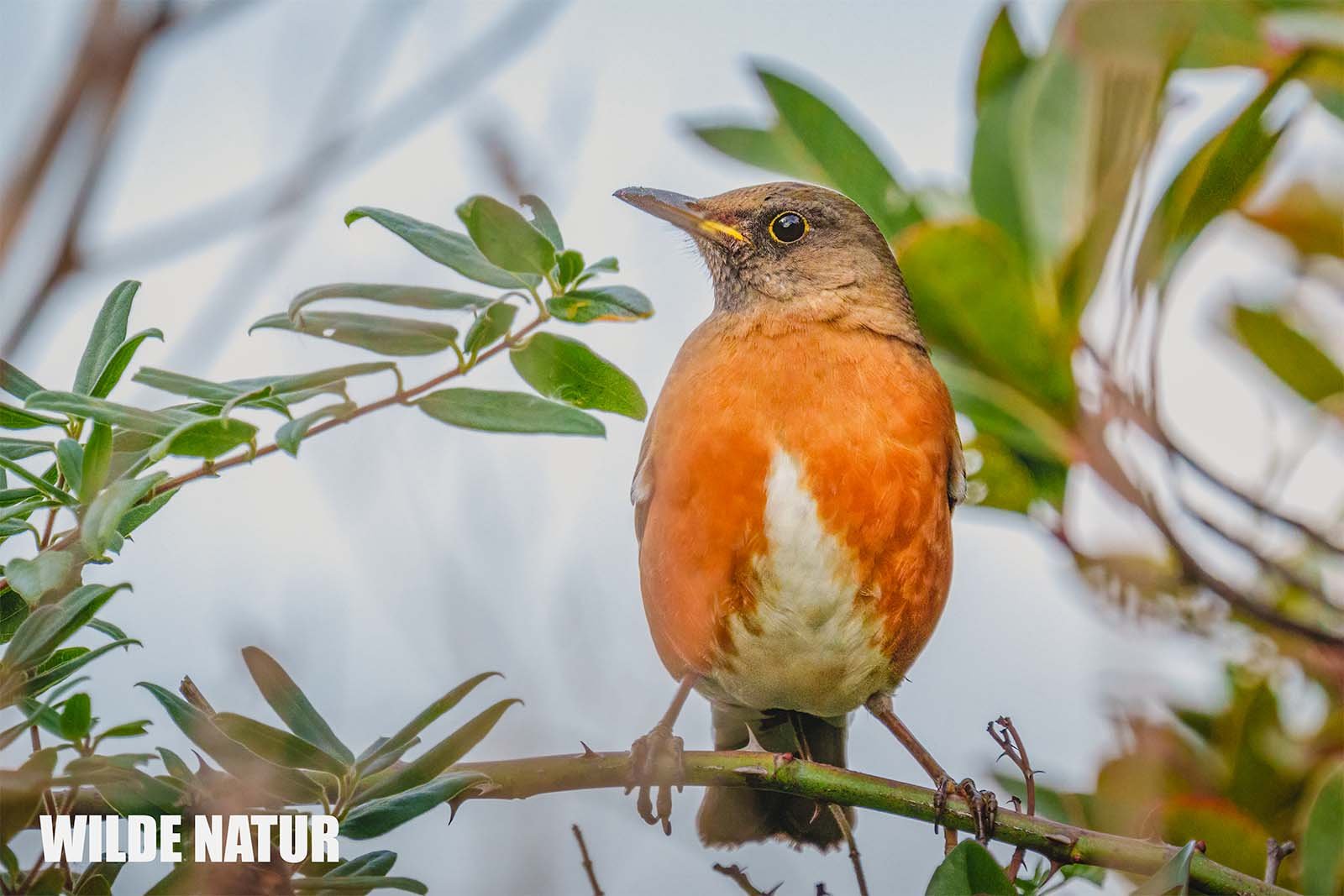Corn Bunting (Emberiza calandra)
Corn bunting (Emberiza calandra)
Corn Bunting – The Subtle Singer of Open Landscapes
The Corn Bunting (Emberiza calandra) is a stocky bunting known for its plain plumage and distinctive song. It thrives in open landscapes with traditional agricultural practices. Its metallic rattling song is often compared to the jingling of a bunch of keys.
Table of Contents
- Key Facts
- Appearance & Features
- Habitat & Distribution
- Breeding & Nesting
- Song & Behavior
- Diet & Feeding Habits
- Shortlist – All Key Facts at a Glance
- FAQ – Frequently Asked Questions
- Conclusion
Key Facts
- Size: 16–19 cm
- Features: Sturdy build, deeply notched tail with no white edges
- Habitat: Meadows, cereal fields, beet fields, extensive farmland
- Breeding: Ground-nester with a loosely woven nest, well hidden in grass or low vegetation
- Diet: Grass and weed seeds, supplemented with insects in summer
Appearance & Features
The Corn Bunting is one of the largest buntings in Europe, with a robust body. Unlike many other buntings, it lacks white wing or tail markings.
Plumage
- Upperparts: Gray-brown with dark streaking, resembling a lark
- Underparts: Creamy-colored with fine brown streaking
- Tail: Deeply notched but lacks white edges
- Head: Plain, with no strong contrast markings
Males & Females
- Indistinguishable in the field, both have similar camouflage patterns
- Minimal seasonal variation in plumage
Habitat & Distribution
Breeding Grounds
- Open landscapes, favoring meadows, cereal fields, and beet fields
- Prefers low-intensity farmland with fewer trees
Wintering Areas
- Forms roosting flocks in reedbeds and salt marshes during migration
- Winter populations are declining due to habitat destruction caused by modern agriculture
Breeding & Nesting
- The Corn Bunting is a ground-nester, building a well-hidden nest in low vegetation.
- The nest is made of dry grass, loosely woven and well camouflaged.
- It lays one or more clutches per season, depending on environmental conditions.
Song & Behavior
🎶 Distinctive Song:
- A series of metallic ticking sounds that speed up and end in a rattling trill, often compared to the jingling of a keyring.
- Calls: A sharp “pit” or “pvit,” sometimes heard as “pvit-it-it.”
Singing Perches
- Males frequently sing from wire fences, tall plants, or isolated trees for long periods.
- When flying, Corn Buntings often dangle their legs loosely.
Diet & Feeding Habits
Primary Diet
- Seeds from grasses and wild herbs, often picked directly from the ground
- Cereal grains in farmland areas
Additional Food in Summer
- Insects, especially grasshoppers, beetles, and butterflies
- Occasionally supplemented with spiders
Shortlist – All Key Facts at a Glance
- Size: 16–19 cm
- Features: Sturdy body, deeply notched tail with no white markings
- Habitat: Open meadows, farmlands, low-intensity fields
- Nest: Ground nest, loosely woven from grass
- Song: Metallic ticking sounds ending in a rattling trill
- Diet: Seeds, grains, supplemented with insects in summer
FAQ – Frequently Asked Questions
Why are Corn Buntings becoming rarer?
Intensive modern agriculture with pesticides and habitat destruction has led to significant population declines.
How can you distinguish a Corn Bunting from a Skylark?
Corn Buntings have a sturdier build, no prominent eye stripe, and a shorter tail compared to Skylarks.
Where is the best place to see a Corn Bunting?
Look in open farmland with natural field margins, where males often sing from wires or fences.
How can we help protect the Corn Bunting?
Maintaining flowering meadows, fallow fields, and natural field edges is crucial for its survival.
Conclusion
The Corn Bunting is a fascinating species, perfectly camouflaged in open landscapes. However, its distinctive metallic song makes it easy to find.
Once common in farmland areas, intensive agriculture and habitat loss have caused steep population declines. To observe one, search for singing males on fences or wire lines in open fields.
Tip for Birdwatchers: To spot a Corn Bunting, visit open landscapes with natural field margins in spring and summer!


